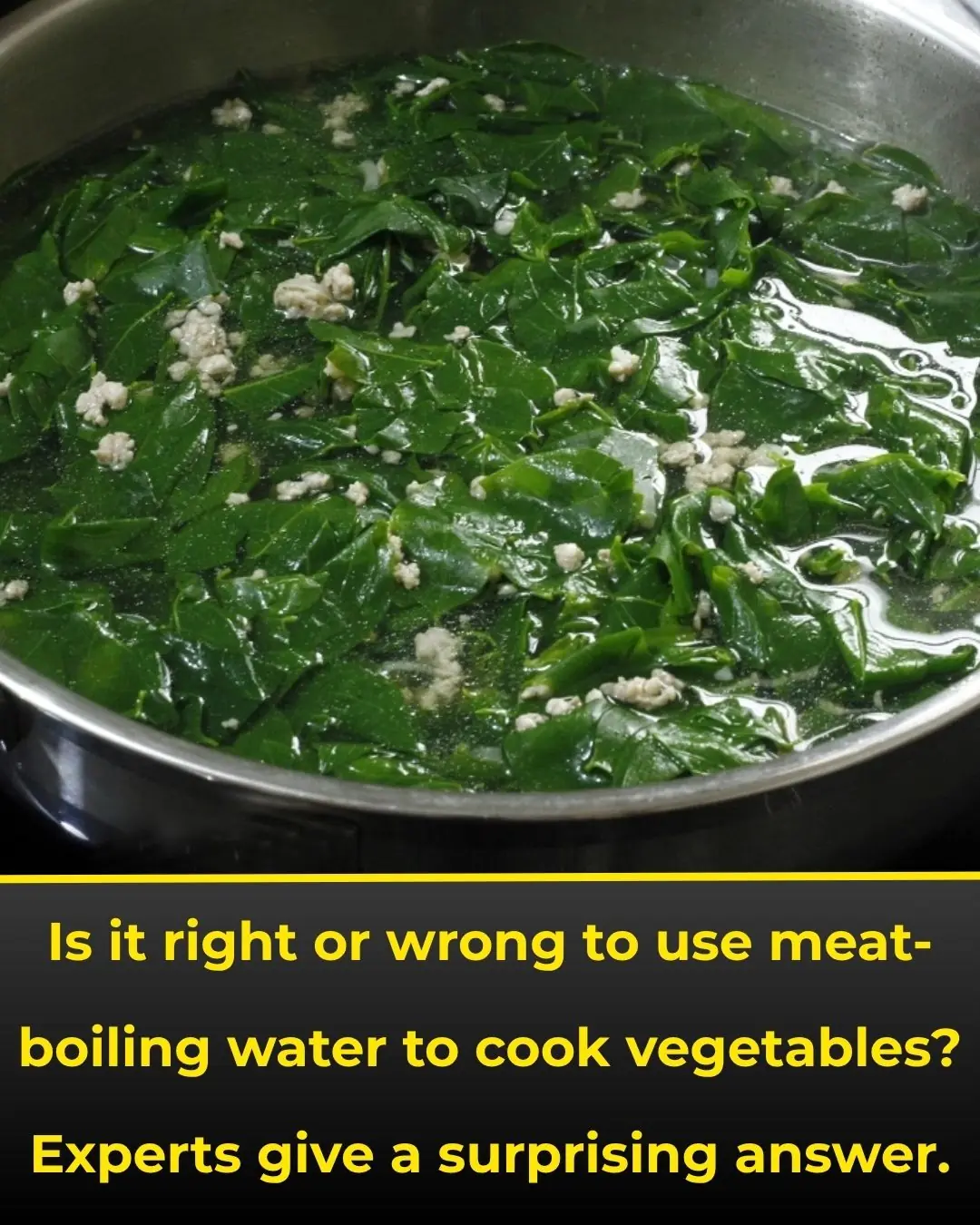
How to Tell If Your Rice Noodles Are Safe — The Simple Clue That Reveals Hidden Chemicals
Rice noodles — soft, chewy, and comforting — are a beloved staple across Asia, from Vietnam’s bún chả to Thailand’s pad thai. But not every bowl of noodles is as harmless as it looks.
Behind that pearly-white sheen and bouncy texture, some noodles on the market are secretly laced with industrial chemicals such as borax (hàn the) or optical brighteners (tinopal) — additives banned from food use in most countries, including Vietnam, the U.S., and the EU.
So how do you tell the difference between naturally made, safe noodles and chemical-laden ones? The answer may be simpler than you think — it’s all in the color and texture.
🧂 Why Some Producers Add Chemicals
Traditionally, rice noodles (bún) are made by soaking rice for 2–3 days, grinding it into a fine batter, pressing it through molds, and cooking the strands in boiling water. The result is soft, slightly sticky noodles that spoil within a day or two — perfectly natural, but not great for mass production.
To make noodles look whiter, stay firmer, and last longer, some small producers resort to banned additives:
-
Borax (hàn the) — a sodium borate compound once used in detergents and glues. It gives noodles a “crunchy-dense” elasticity and delays spoilage.
-
Tinopal (optical brightener) — a fluorescent whitening agent originally used in laundry powder and paper products. It reflects blue light, making noodles appear “snow-white” and glossy under sunlight.
-
Preservatives and bleaching agents such as formaldehyde or hydrogen peroxide are occasionally detected in market samples as well.
According to Vietnam’s Food Safety Department (MoH, 2023), multiple random inspections of wet noodles and rice sheets have detected traces of borax and tinopal — both banned due to their toxic effects on the liver, kidneys, and nervous system.
⚠️ Health Risks of Chemical Additives
Borax, when ingested over time, can cause nausea, diarrhea, fatigue, and eventually liver and kidney damage. Long-term exposure is linked to reproductive disorders and neurological decline (NIH Toxicology Data Network, 2022).
Optical brighteners (tinopal) are even more concerning. Though visually harmless, they are non-biodegradable and may accumulate in the body, potentially causing cellular damage and DNA mutations according to animal studies (Food Chemical Toxicology Journal, 2019).
“These chemicals don’t change the flavor or smell, so you can’t detect them by taste. Only laboratory analysis can confirm contamination,” says Assoc. Prof. Nguyễn Duy Thịnh, former lecturer at Hanoi University of Science and Technology.
👀 How to Spot Clean, Chemical-Free Noodles
While visual checks can’t replace lab tests, there are clear warning signs you can look for when shopping at markets or supermarkets:
| Feature | Safe, Traditional Rice Noodles | Possibly Contaminated Noodles |
|---|---|---|
| Color | Natural off-white or ivory, similar to cooked rice | Bright white, glossy, slightly fluorescent under light |
| Texture | Soft, slightly sticky, may break easily | Tough, elastic, unnaturally smooth |
| Smell | Mildly sour after a few hours (fermentation sign) | Odorless even after a day — sign of preservatives |
| Storage | Must be refrigerated or eaten fresh | Stays firm at room temperature for 2–3 days |
🪷 Tip: Place noodles under sunlight — if they shimmer or reflect light unnaturally, it’s a red flag for whitening agents.
🧫 What Happens When You Eat Chemical Noodles Regularly
Continuous exposure to borax or tinopal can:
-
Irritate the stomach and intestines, causing ulcers or inflammation.
-
Weaken the liver’s detoxification capacity.
-
Impair cognitive function and memory over time.
-
In severe cases, increase the risk of chronic poisoning and cancer (WHO Food Additives Safety Report, 2021).
✅ How to Choose and Store Rice Noodles Safely
-
Buy from trusted brands with clear labeling, expiry dates, and food safety certification.
-
Check color and texture — slightly off-white is safer than “paper-white.”
-
Prefer fresh noodles over pre-packed, preserved ones.
-
Refrigerate immediately after purchase and consume within 24 hours.
-
Avoid reheating or soaking leftover noodles overnight.
If possible, make your own noodles using rice flour and warm water — modern noodle presses or extruders make the process surprisingly simple.
🌾 A Reminder from Experts
Assoc. Prof. Trần Hồng Côn from Hanoi University of Science notes:
“You can’t rely on taste alone to detect chemicals in noodles. But if the color seems unnaturally white and the texture too firm, it’s best to avoid it.”
The safest rice noodles are not the whitest ones — they’re the slightly dull, soft, and perishable kind, made the old-fashioned way, free from synthetic shortcuts.
Because when it comes to food safety, a little natural imperfection is the true sign of purity. 🌿
News in the same category


8 Plants Snakes Hate: Grow These Around Your Home to Keep Them Away Naturally
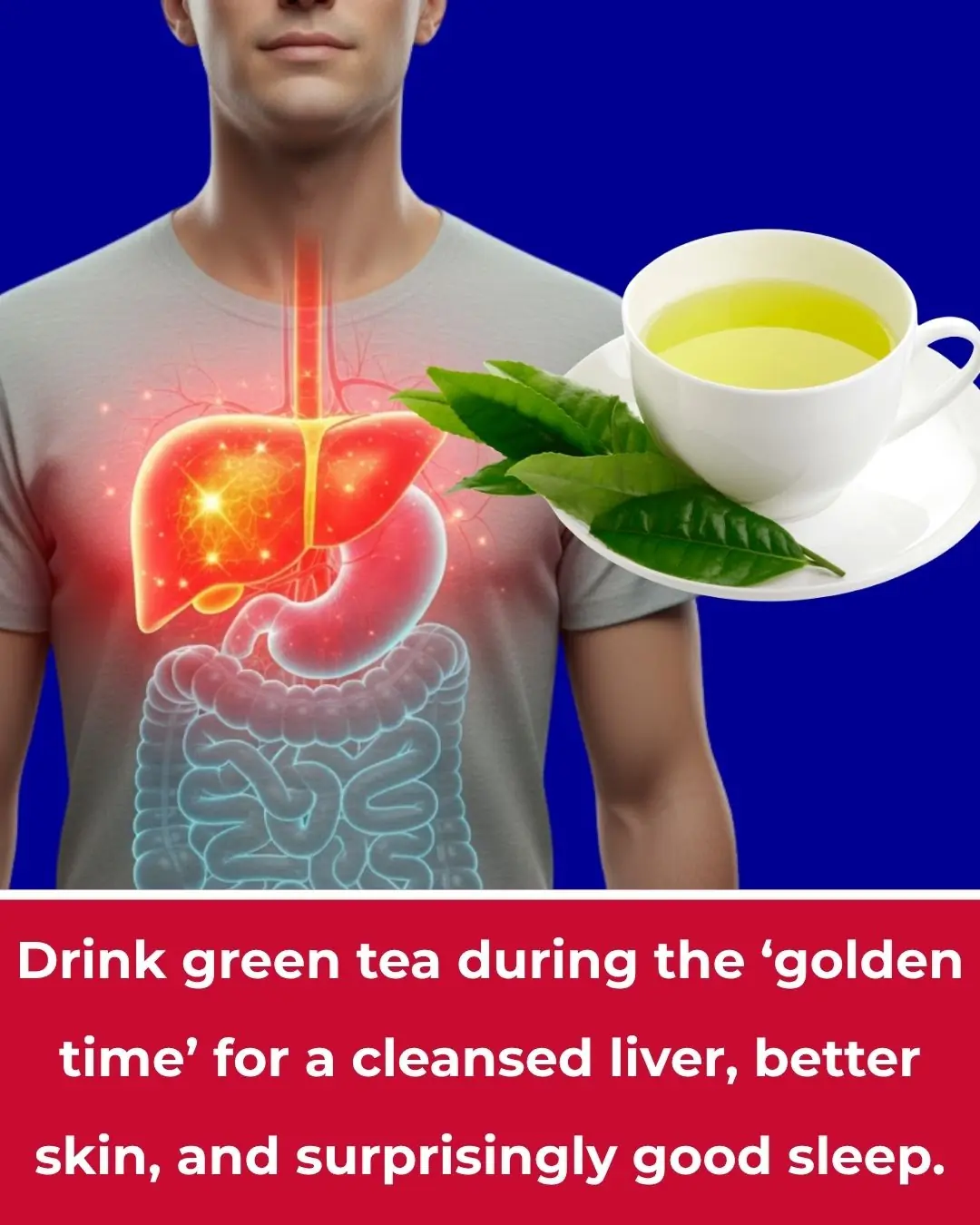
The 3 Golden Times to Drink Green Tea — Boosting Both Health and Beauty
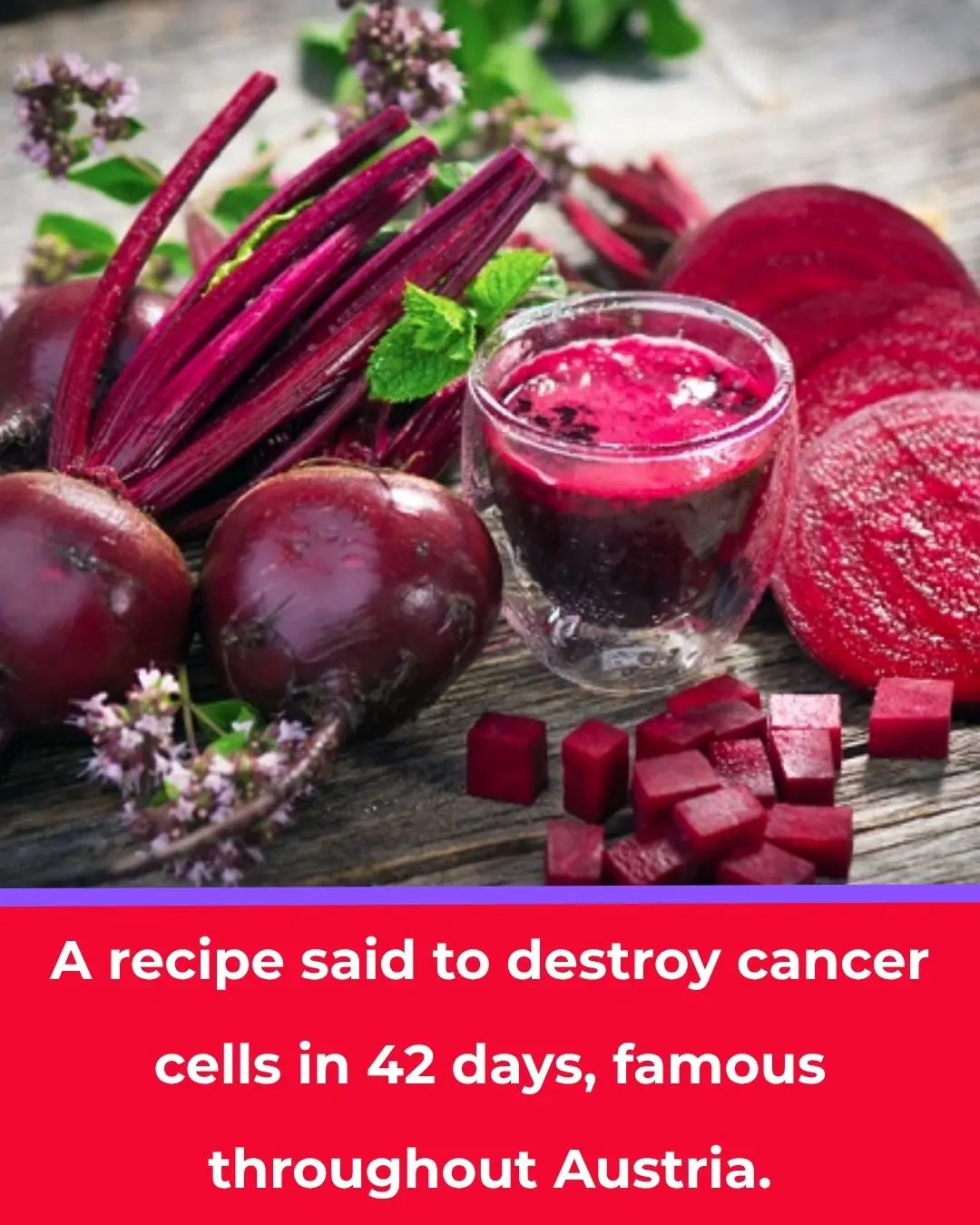
The Famous 42-Day “Breuss Juice” Diet from Austria: Origins, Recipe, and What Science Says
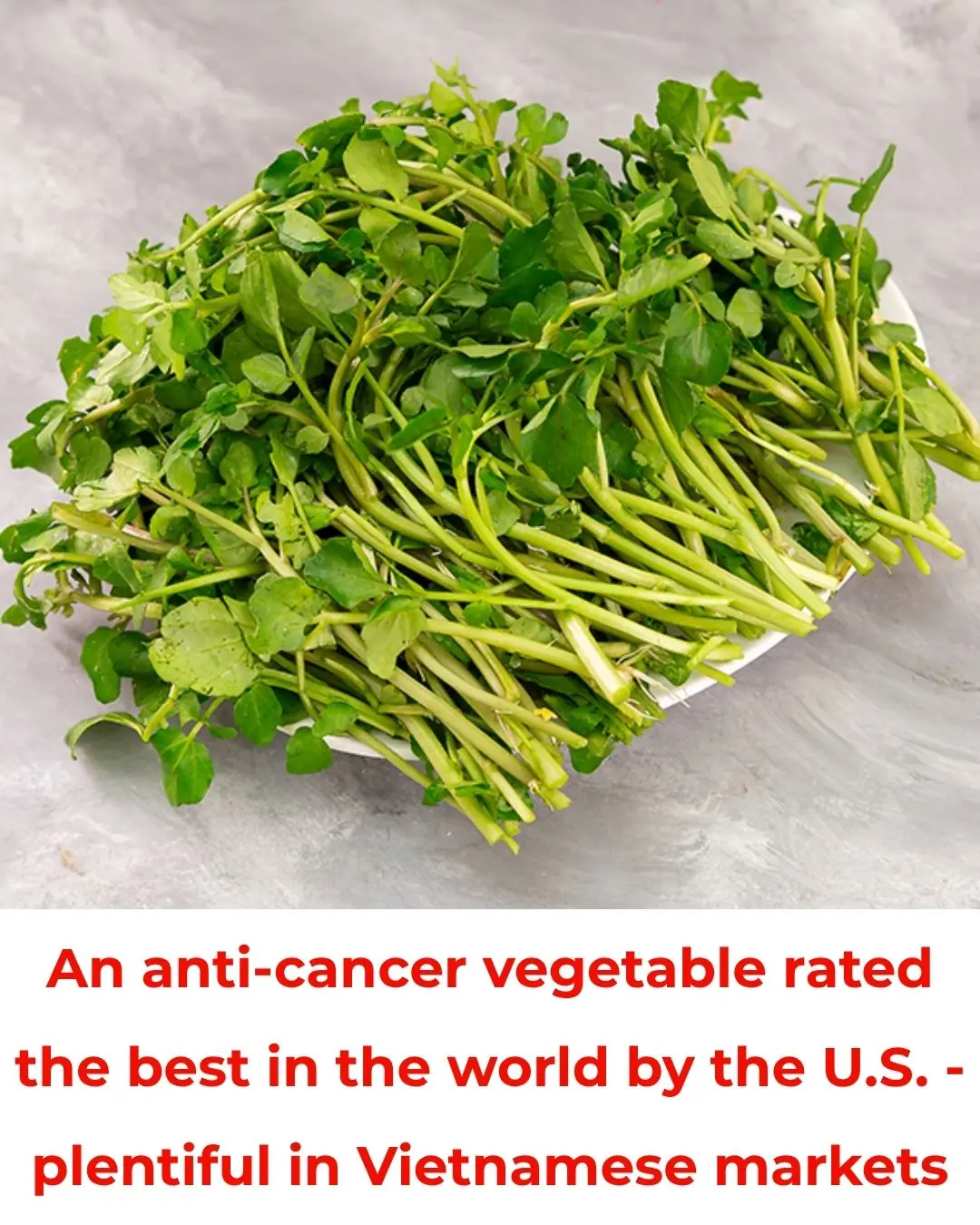
The World’s Healthiest Vegetable, Rated #1 by the U.S. CDC — and It’s Abundant in Vietnam
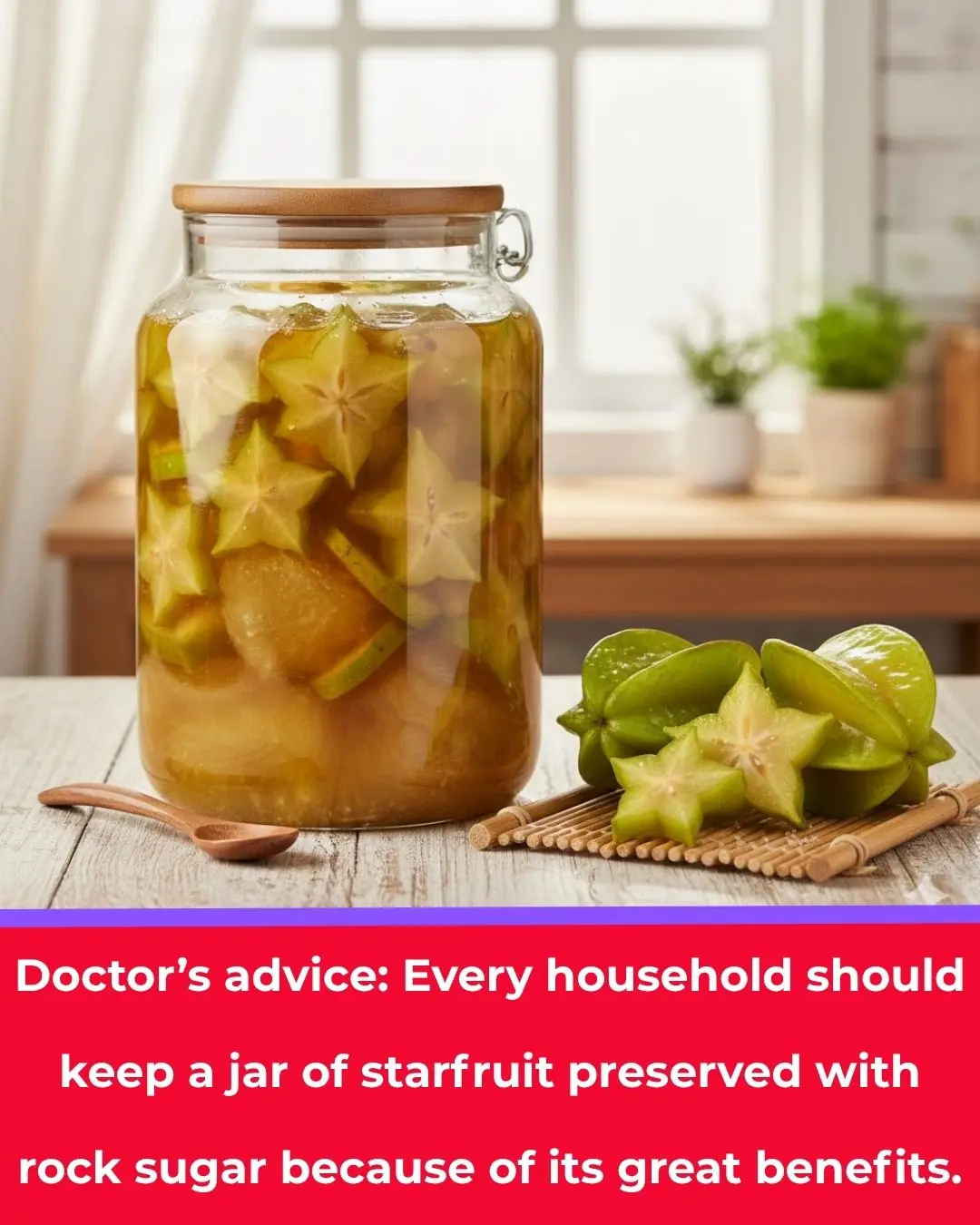
Why Your Neighbor’s Jar of Starfruit in Rock Sugar Might Be a Hidden Health Remedy
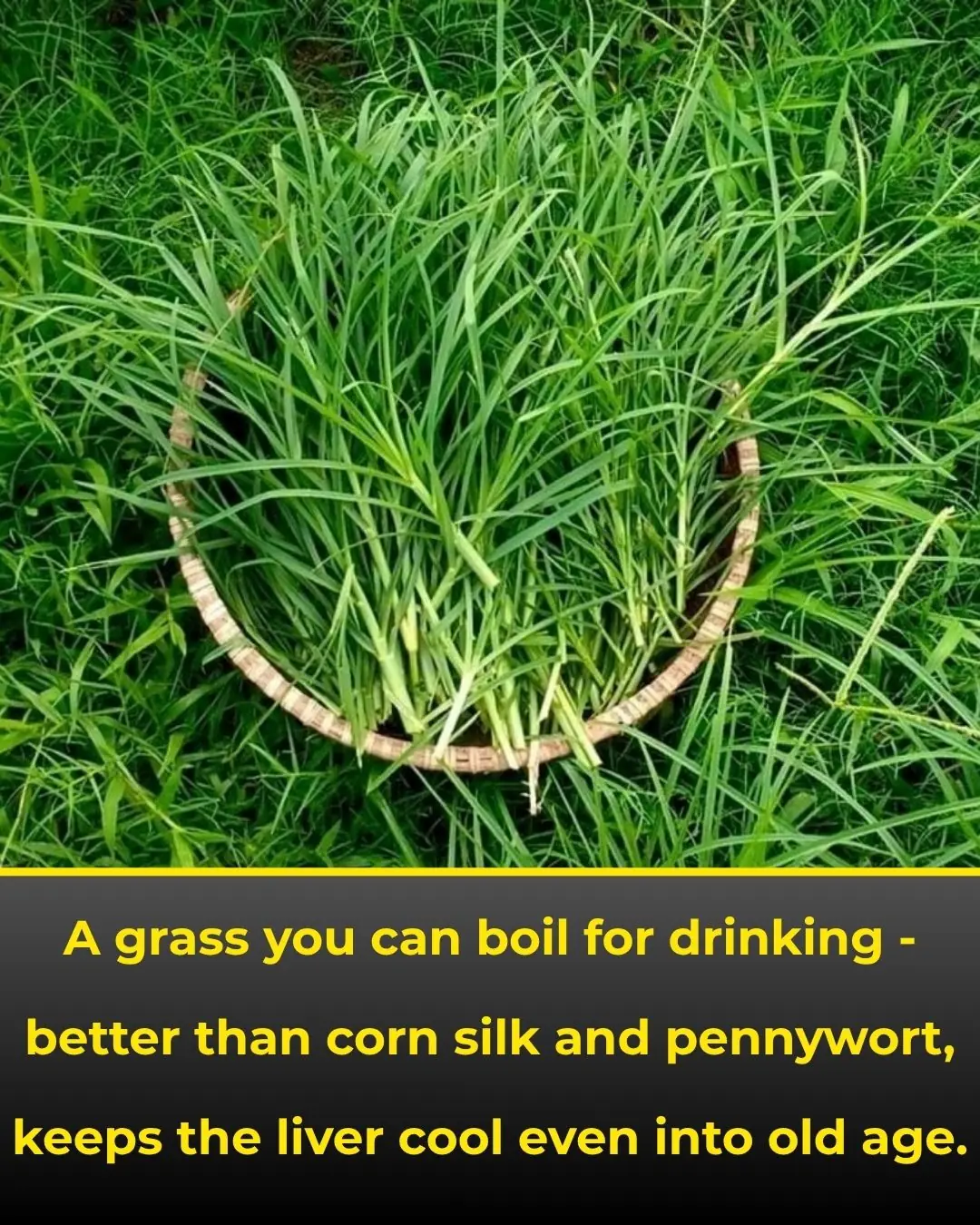
The Medicinal Properties of Eleusine indica (Goosegrass) in Traditional and Modern Medicine

‘This Man Can’t Do Nothing Right’: Jonathan Owens’ Steamy On-Field Video with Simone Biles Has the Internet Divided as Fans Rush to Their Defense

Serena Williams Becomes Part Owner of Canada’s First WNBA Team, Toronto Tempo

Meet The Woman Who Single-Handedly Preserved Over 30 Years Of TV History

Ohio Couple Adopts Two Sets Of Twin Siblings Who Were Separated In The Foster Care System

Brooklyn Man Transforms Wasteland Into Community Garden, Distributing Over 10,000 Pounds Of Food

Meet The Founder Of The First Black-woman Owned Electric Vehicle Recharging Station

Meet The Owner Of The First Black Woman-Owned Winery And Tasting Room In Alameda County, California
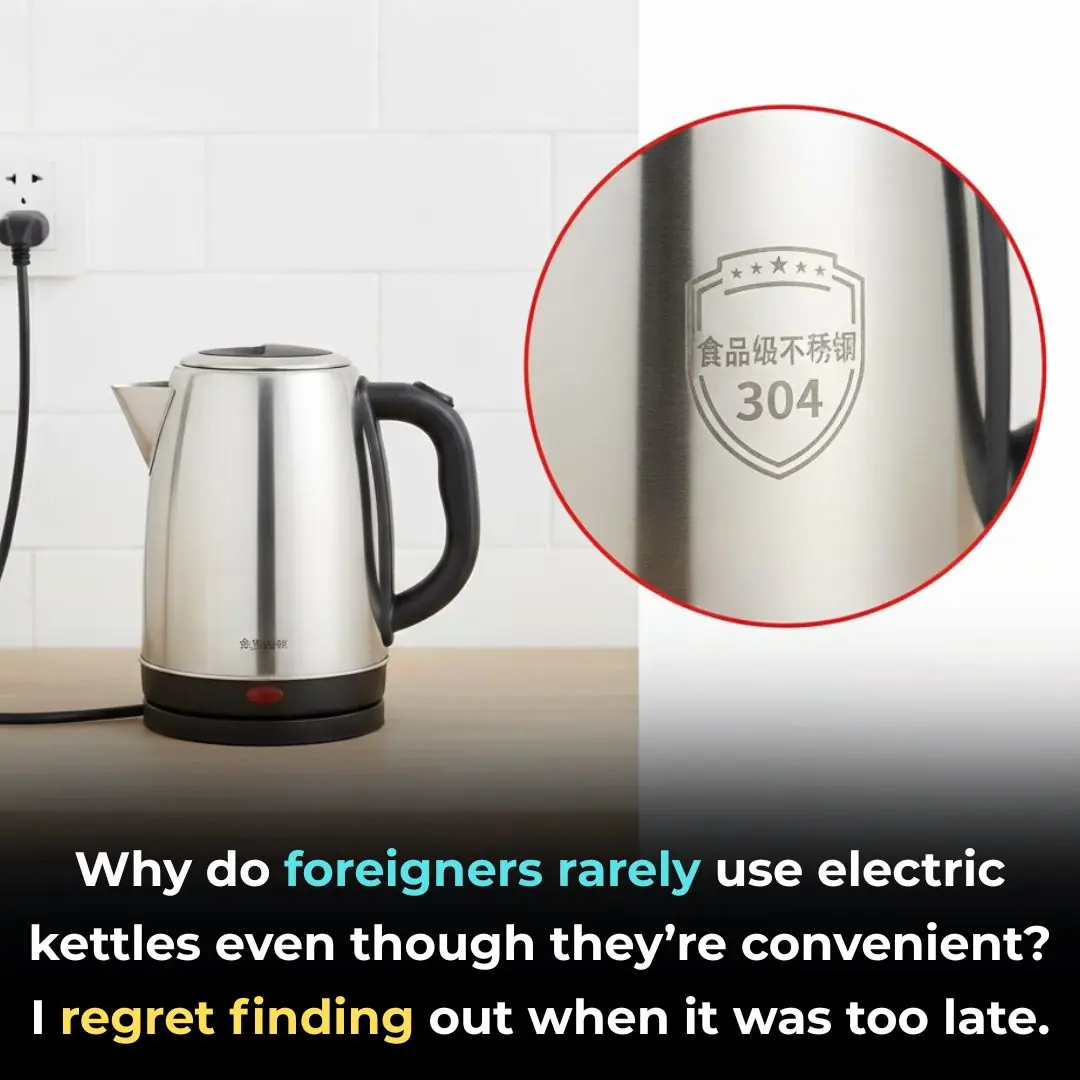
Why Electric Kettles Are Rare in Western Homes — Despite Their Convenience

Should You Throw Toilet Paper in the Trash or Flush It?
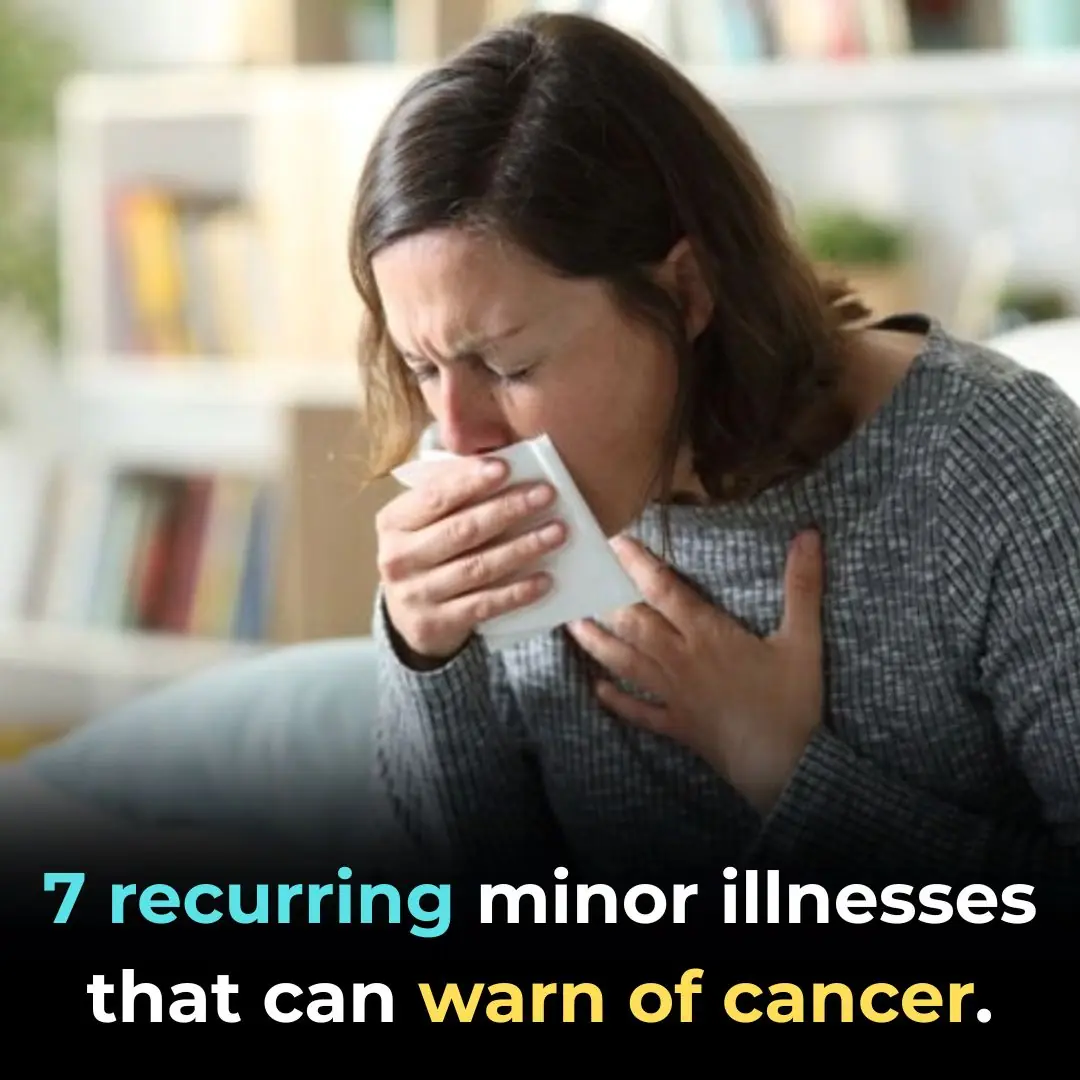
7 Subtle Health Problems That Could Be Early Warning Signs of Cancer

‘Learn How to Drive!’: Connecticut Karen Embarrasses Her Husband and Herself Over Parking Spot That Was Never Blocked

Meet Demi Johnson, the Teen Scientist Helping Restore Oyster Reefs in Mississippi
News Post
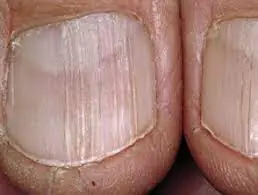
Vertical Nail Ridges? Here’s What Causes Them — and How to Fix It

The Unseen Heroes: A Rescue Dog's Loyalty That Saved My Life

Barrett’s Miracle: A Journey of Faith, Strength, and Prayer

A Farewell to a Friend and His Passion for Music

Top 5 Nutrients to Reduce Swelling in Feet and Legs

A Rare Encounter: The Moment a Mountain Lion Meets a Baby

Stray Cats Bring a Bitcoin Mine to a Standstill — And Melt Hearts in the Process

If you sleep with socks on, see what happens

Each Tooth Is Connected to an Organ in the Body – How Tooth Pain May Reveal Hidden Health Problems

Dominika’s Fight for a Childhood Without Pain

Why There's A Growing Trend Of Straight Men Dating Trans Women

Michalinka’s Fight for Life: A Tiny Body, a Giant Spirit

A Miracle in the Making: Baby Harlan’s Fight for Life

From Tragedy to Triumph: The Unbreakable Spirit of Janey Carter

A Battle of the Wild: The Confrontation Between a Raging Elephant and a Baby Hippo
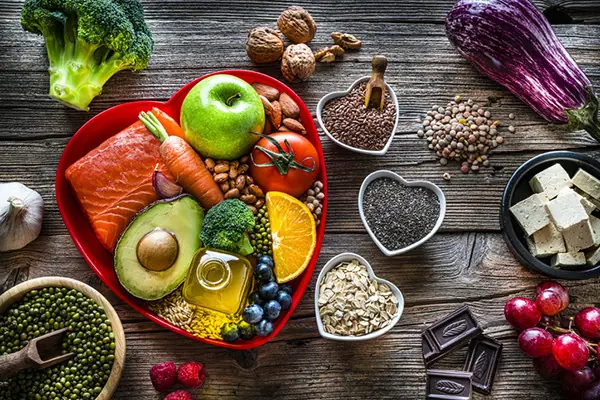
7 Heart-Healing Foods Your Cardiologist Won’t Tell You About
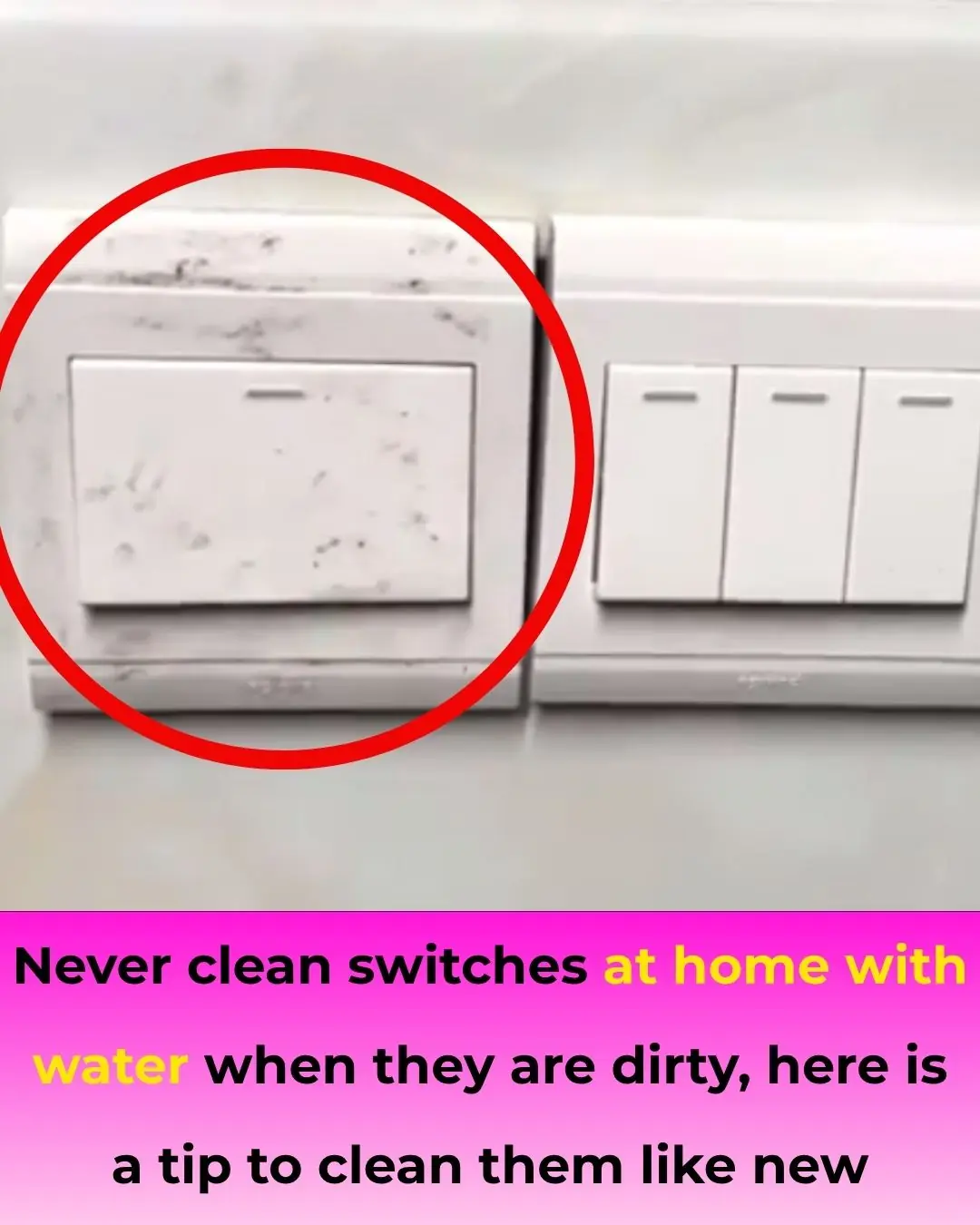
Never Clean Your Light Switch with Water: Here’s a Trick to Make It Spotless
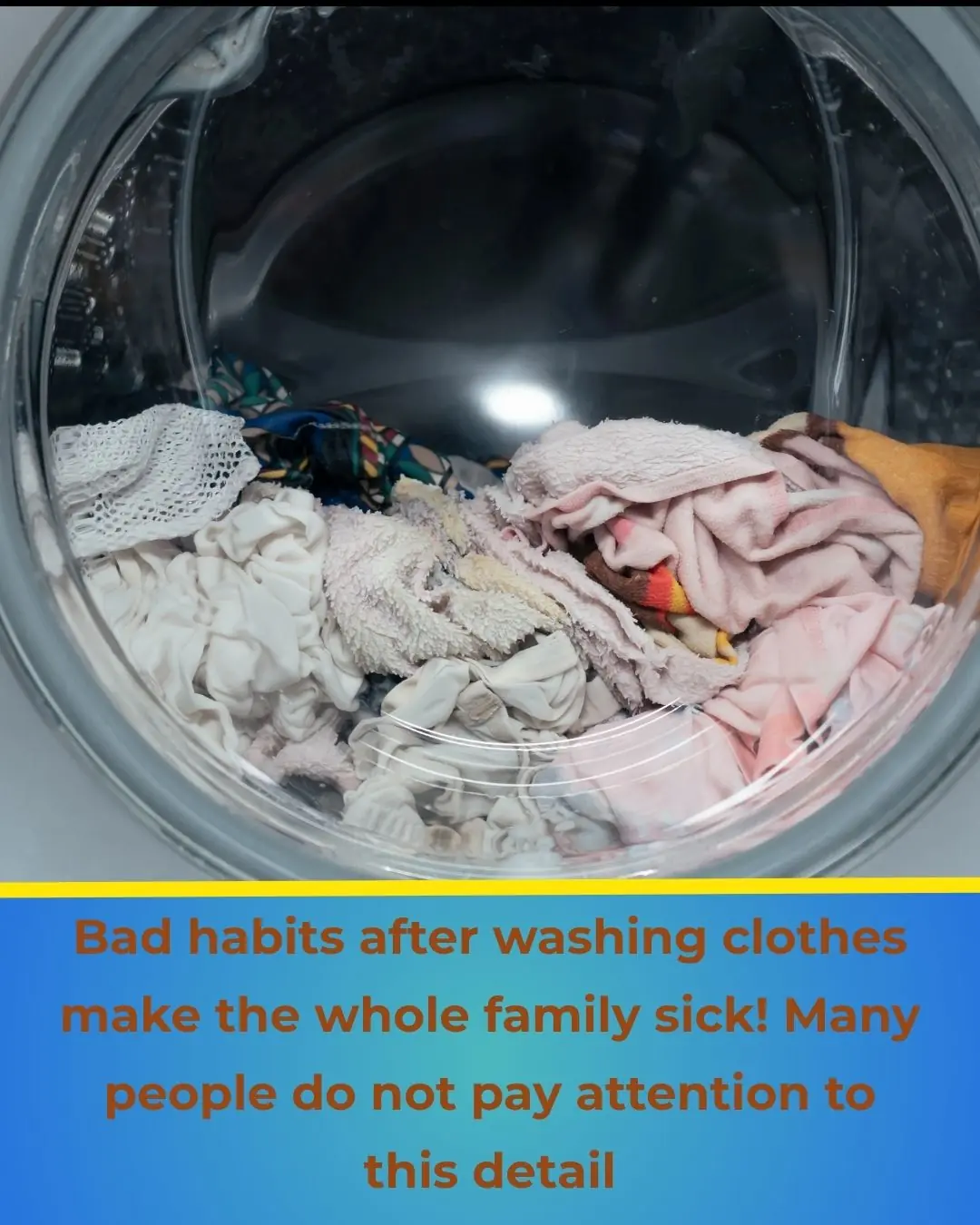
Bad Habits After Doing Laundry That Can Make Your Whole Family Sick! Many People Overlook This Detail
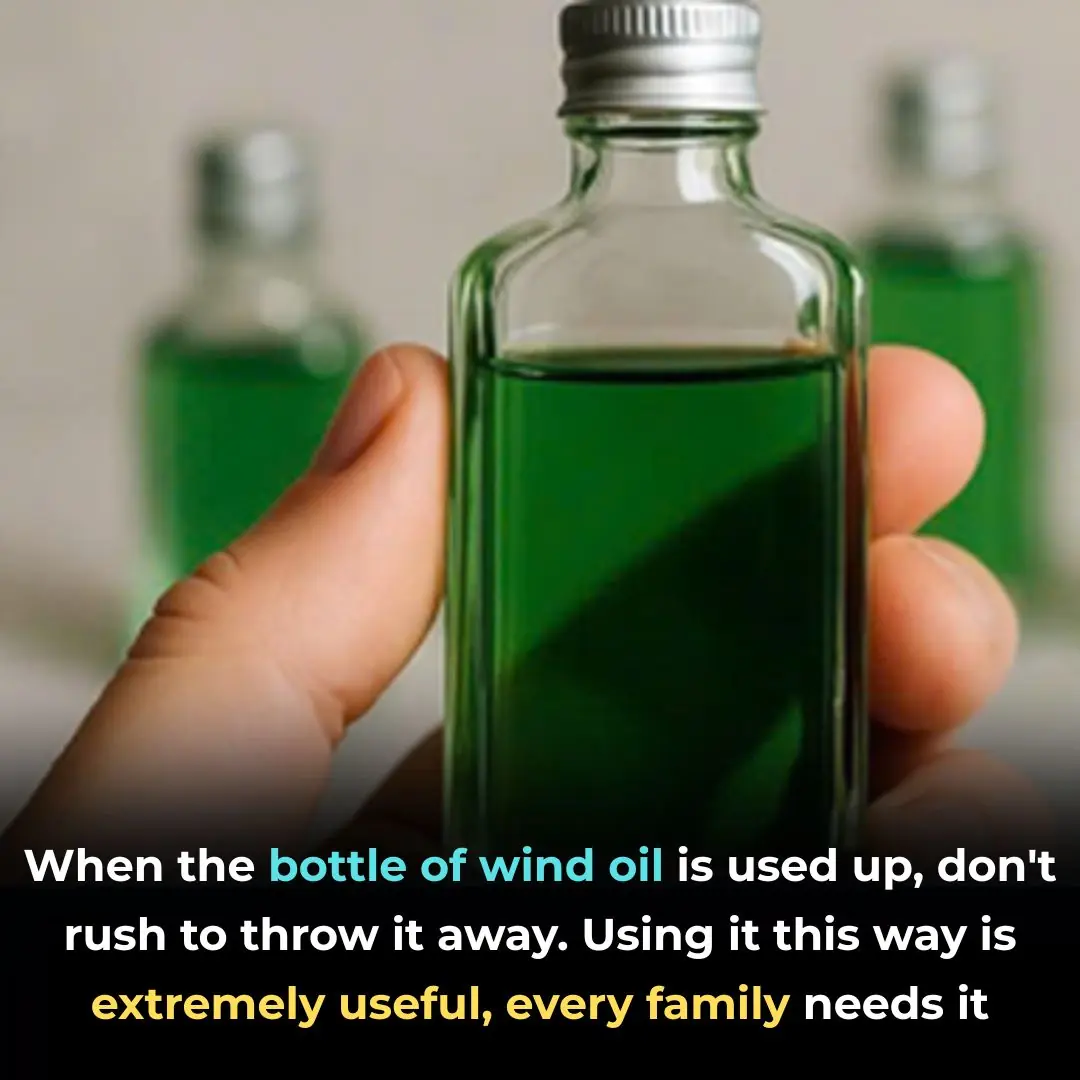
Don’t Throw Away Your Used Balm Jar – Here’s a Super Useful Way to Reuse It That Every Family Needs
